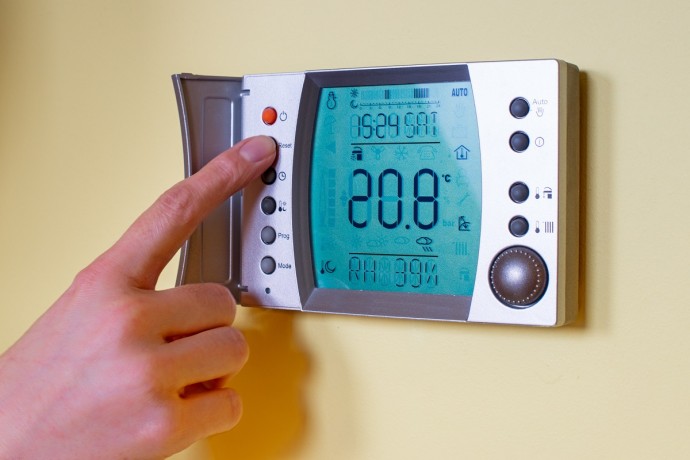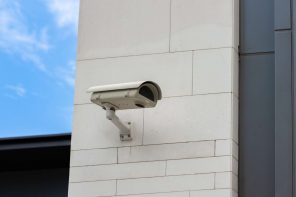The belief that programmable thermostats save you money might not be true. That may be surprising having read about it in books, blogs, and magazines.
Well, a study reveals that the programmable thermostats are not the miracle devices that we all thought they were. In numerous occasions, the programmable thermostats are linked to energy costs that were more than not having one at all.
Gazifère advises that the problem may not be with the thermostat. The problem could be with the usage of the thermostat.
Differences between Theory and Practice
The programmable thermostats are in theory a good way to minimize the energy costs in the home.
Up to 42 percent of the energy costs in the home go to the heating and the cooling. A lot of energy costs will pile up from heating and cooling empty spaces in the home. In other words, you will often forget to turn off the heating and cooling when they are not required.
Some people will think that more energy is spent in turning down the thermostat at night and re-heating the room the following day. They are wrong! Energy Savings through Thermostat Setbacks by Nelson and MacArthur, a research paper confirmed that turning down the thermostat down by one degree for eight hours every night saved up to 1% of energy. You can, therefore, do the calculations if you were to turn down the thermostat by 10 degrees.
The biggest difference in energy costs will be realized in colder climates where the difference between indoor and outdoor temperature is notable. Fewer saving will be seen in the milder climates. It now makes sense that a programmable thermostat will help reduce energy costs. The thermostat will simply be programmed to heat or cool the home when you are there and switches off when not in there.
Easier said than done; practice is different from theory. People will often not use the programmable thermostats as intended. People will keep the home cool all through the day and crank up the heat to above room temperature at night. In other cases, even when used properly, the programmable thermostats will not offer energy cost savings.
Where are the savings?
The installation of a programmable thermostat is said to save consumers anywhere between 10 and 30 percent on space heating and cooling energy costs. Such savings are true in theory and based on proper use.
Nonetheless, there should be field tested data that will provide insight into the energy savings claims. The programmable thermostats could be achieving much lower savings than claimed, according to recent research.
A 2007 report indicates that using an Energy Star-certified programmable thermostat resulted in average savings of approximately 6.2% of total household annual natural gas consumption. The installation of programmable thermostats into older heating systems resulted in an average of 6.8% in energy savings.
The findings of many studies make us believe that the aggregate expected from the installation of programmable thermostats in the home is very modest.
In extreme cases, some people with programmable thermostats end up using more energy. A study by Florida Power & Light in 2008/09 showed that home that used programmable thermostats for cooling utilized 12% more in cooling energy costs. The people with the programmable thermostats used little energy when they weren’t in the home. However, they set the thermostat much lower when they were at home. As a result, the folks who did nothing saved more energy.
The reduced savings can be explained as there being a lack of real world experience. The theoretical savings were computer models. Human behavior was also a factor that plays a difference.
The Bottom Line
The EPA in 2009 suspended the Energy Star Certification for programmable thermostats following the failure to confirm any improvement in savings provided by the programmable thermostats. There were no credible grounds for the extension of the energy specifications.
Programmable thermostats will offer savings on energy costs if used correctly. Gazifère advises that you pick your set points based on your lifestyle and avoid fussing with the thermostat. Here is a typical energy-efficient program:
- Set your thermostat at 68°F (20°C) while you’re awake, and set it lower for when you’re away or asleep during winter.
- Set your thermostat at 78°F (26°C) while you’re home, and turn it off when you’re away during summer.
- Heat individual rooms rather than heating the entire house.
Irrespective of having a programmable thermostat or not, turn down the heat when you don’t need it to save money.





